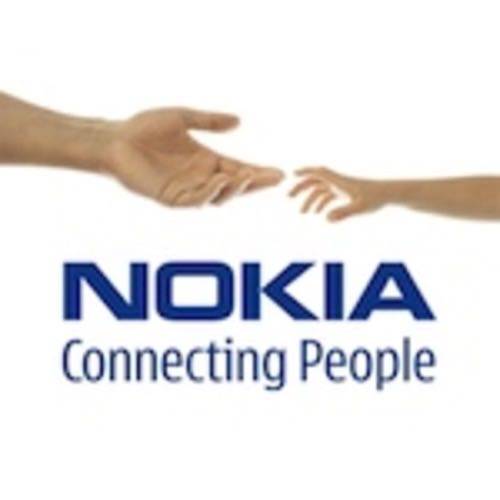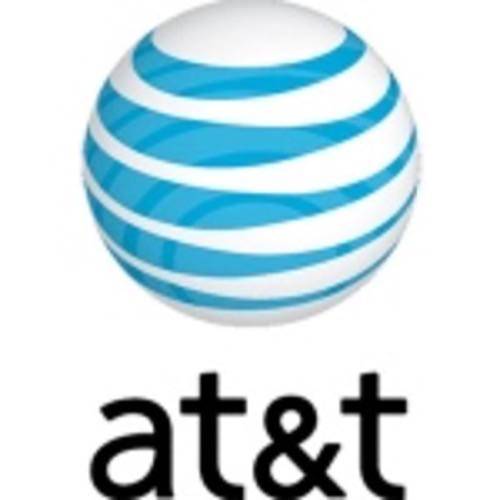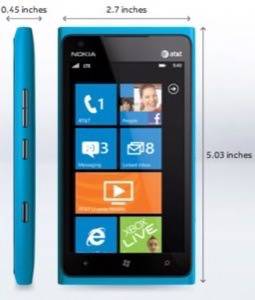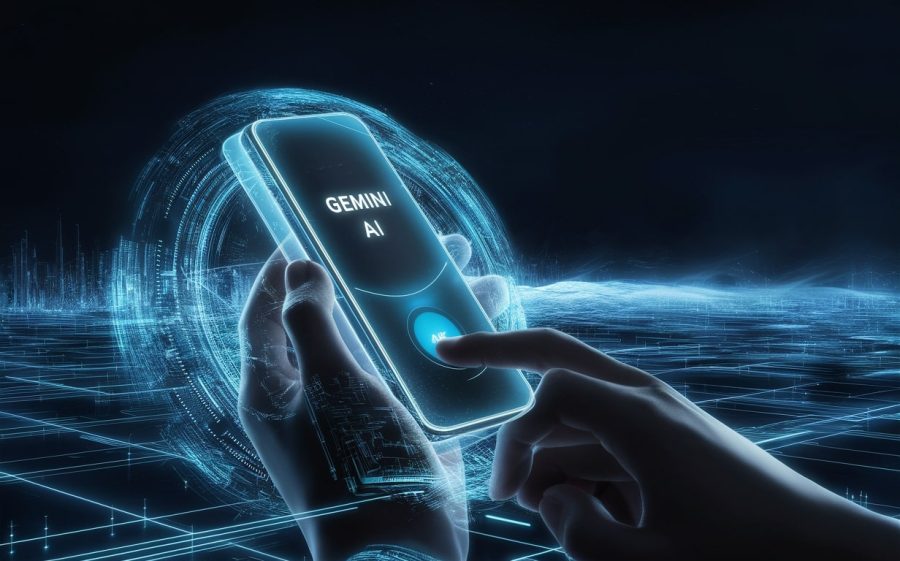There is no question. The Nokia Lumia 900 is one of the finer pieces of mobile hardware ever created. That does not necessarily mean it will sell well. Nokia, Microsoft and AT&T can only control so much when it comes to consumer sentiment. Hundreds of millions of dollars will go into marketing Windows Phone over the next several years, but the key indicator to future success rests with the Lumia 900. The assault on the mobile market to get Nokia’s flagship into the pockets of consumers will be intense.


Ground Level
For the most part, the United States is unique in how it sells smartphones. The carriers have almost all of the power but work in heavy consort with the manufacturers when it comes to subsidizing devices. We asked an AT&T executive how much the carrier is subsidizing the Lumia 900 but he would not give us an approximation. An unlocked Lumia 800 goes for about $549 on Amazon, so a good guess would be that AT&T picks up about 80% of the cost of the phone, perhaps with a discount from Nokia for selling it for only $99.
At $99 on a two-year contract, the Lumia 900 is priced to sell. It is almost amazing how a phone with that kind of hardware quality can be priced so low. This is a lesson that Amazon has taught the mobile ecosystem: Beat them on Price with decent quality and you will make a dent in the market. Look at sales of the Kindle Fire for proof. While it did not usurp the iPad as the industry leader (it was never intended to), the Fire made its mark and is the top-selling Android tablet on the market.
Nokia believes that its combination of excellent hardware and price can give the Lumia 900 momentum. It also knows that price and specs are not necessarily overcoming factors when a consumer enters a store to buy a new phone.
There have been rumors that Nokia is paying AT&T to make sure that every rep uses the Lumia 900 as a personal device. The idea is that consumers trust sales reps to steer them in the right direction. Even as an advanced early adopter and mobile technology reporter, I often trust sales reps to tell me what the best device is and what is coming out (sometimes I quiz them to see how much they actually know about the ecosystem because I am that type of jerk).
AT&T VP of mobile device portfolio Michael Woodward told us last week in Boston that the Lumia would also get center billing in AT&T stores. That jives with what AT&T executives said to reporters in New York City last week where Jeff Bradley, AT&T’s head of devices, said that the Lumia 900 will be the carrier’s biggest launch ever, including the iPhone.
Microsoft and Nokia realize that the carrier is the key to entering the U.S. market. For its part, AT&T is happy to play along.
Creating the Hype Cycle
One thing is for sure: Nokia knows how to throw a party. Its bashes at Nokia World 2011 as well as at the 2012 Consumer Electronics Show indicate that the company has a flare for the dramatic. Seriously, there were ballerinas on stilts parading the after-party at Nokia World and the crowd was treated to some crazy Cirque du Soleil-like shows in London. This penchant for gaudy fiestas informs the way the company approaches marketing.

The Lumia 900 will come in three colors: black, white and aqua blue. Nokia will not release different colors at different times the way other OEMs do to give a device more life in the market. Blue (they are calling it cyan) is an interesting choice for the U.S. market and points to the fact that Microsoft and Nokia think that they can target younger consumers off the bat. The idea for Nokia and Microsoft is to target users that are purchasing their first smartphones and parents that are buying smartphones for their children (that is another point where the $99 point is beneficial). U.S. consumers are not used to multicolored smartphones. Most devices come in black and white with a few exceptions. The U.S. has a vibrant cell phone case market for consumers that want a differentiated experience (see: all those mall kiosks with cases) but the phones themselves tend to not come in colors.
The hype cycle for the Lumia 900 will come from three different directions. Microsoft has been behind the “Smoked by Windows Phone” marketing campaign that challenges Android and iOS users to complete tasks before a Windows Phone does. AT&T sales representatives will be made aware of the campaign but it will not employ it at its stores. The carrier does still sell Android and iOS devices as well, after all. Microsoft will continue to push Windows Phone as a platform in concert with other OEMs that make devices for Microsoft. Nokia will buoy Microsoft’s marketing by showcasing what the phone can do, the application ecosystem and in general trying to create excitement. AT&T’s contribution will come on the store level as well as in advertisements akin to what the carrier does when it launches any other popular device.

There are three very motivated companies that will be pushing the Lumia 900 into consumers’ pockets. Will it work? Or will the consumer’s greatest weapon – choice – ultimately win out against Windows Phone and the Lumia 900? Let us know in the comments.









